Thigmomorphogenesis response in plants
kandm
15 years ago
Related Stories
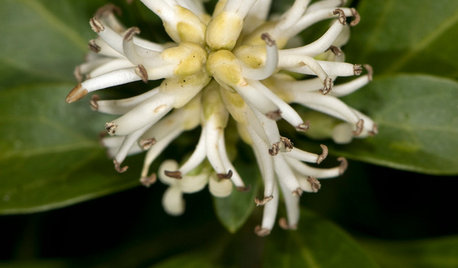
GARDENING GUIDESHow to Use Pachysandra Responsibly in the Landscape
It's tops at covering lots of ground quickly, but be sure this low evergreen plant doesn't spread where it shouldn't
Full Story
The Animal Statue: Pets Without Responsibilities
No time or room for a pet yet? Get your fix with some animal energy that won't scratch the furniture
Full Story
GARDENING GUIDESInvite Mining Bees to Your Garden by Planting Their Favorite Plants
Look for mining bees (Andrena) pollinating woodland wildflowers in U.S. gardens this spring
Full Story
GARDENING GUIDESGreat Design Plant: Cephalanthus Occidentalis
Buttonbush is an adaptable woody shrub with delightful pincushion flowers
Full Story
GARDENING GUIDESGreat Design Plant: Silphium Perfoliatum Pleases Wildlife
Cup plant provides structure, cover, food and water to help attract and sustain wildlife in the eastern North American garden
Full Story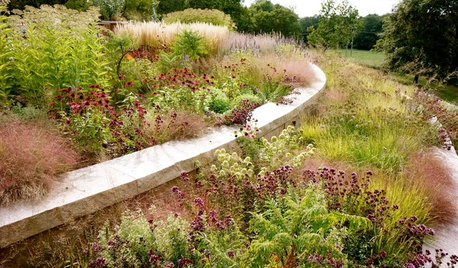
GARDENING GUIDESGreat Design Plant: Eragrostis Spectabilis
Purple lovegrass thrives in tough conditions. It’s a native grass with a wide range across the eastern U.S.
Full Story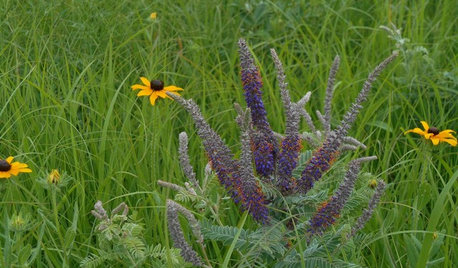
GARDENING GUIDESGreat Design Plant: Amorpha Canescens
Underused lead plant loves heat, laughs at drought and is truly gorgeous
Full Story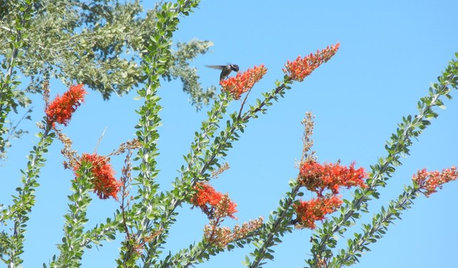
GARDENING FOR BUTTERFLIESGreat Design Plant: Ocotillo for High-Reaching Flair
Add a dramatic accent to a dry landscape with this striking desert plant silhouetted against the sky
Full Story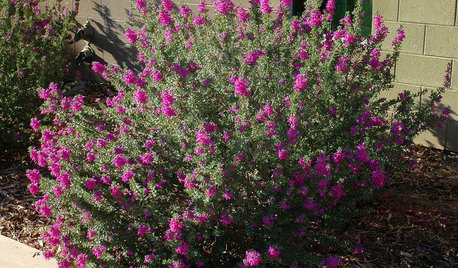
GARDENING GUIDESGreat Design Plant: Texas Ranger Explodes With Color
If purple is your passion, embrace Leucophyllum frutescens for its profusion of blooms and consider the unfussiness a bonus
Full Story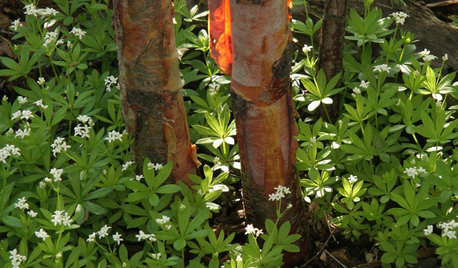
GARDENING GUIDES6 Deer-Resistant Ground Covers to Plant This Fall
Learn about some of the only low, spreading plants that are reliably deer-resistant
Full StoryMore Discussions







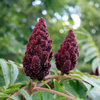
vickz5
digdirt2
Related Professionals
Hartford Landscape Contractors · Avocado Heights Landscape Contractors · Brookfield Landscape Contractors · Fountain Valley Landscape Contractors · Indio Landscape Contractors · Lees Summit Landscape Contractors · Long Beach Landscape Contractors · Ringwood Landscape Contractors · San Pedro Landscape Contractors · New Carrollton Landscape Contractors · Ferguson Landscape Contractors · North Richland Hills Carpenters · Ashland Fence Contractors · Glenview Fence Contractors · Angleton Fence Contractorsalbert_135 39.17°N 119.76°W 4695ft.
kandmOriginal Author
morz8 - Washington Coast
kandmOriginal Author
philothea
nckvilledudes
gettingreenthumb
rachel_z6
kandmOriginal Author
MissMyGardens
MissMyGardens